
Tapestry - an exquisite handmade carpet with an ancient history
Tapestry is a form of decorative textile art in the shape of a one-sided, pileless carpet with an artistic composition on the front side. Tapestry is manually crafted through the interweaving of colored threads. The artistic foundation for creating such a carpet is provided by colored pictures on paper (cartoons) made in actual size.
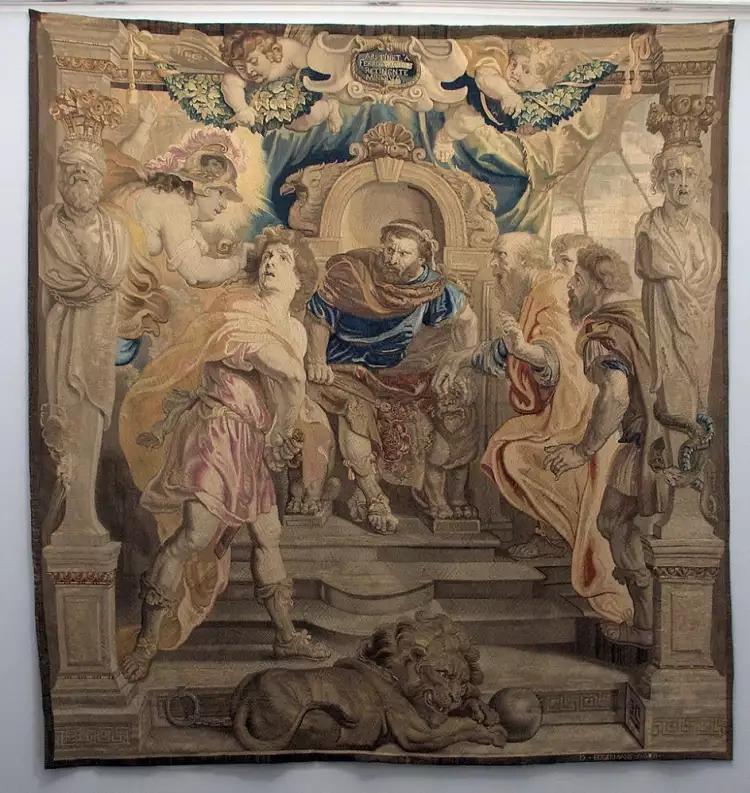 Tapestry. The Wrath of Achilles by Rubens' Cartouche, 1635
Tapestry. The Wrath of Achilles by Rubens' Cartouche, 1635
Tapestry is the most common term in the Russian language for artistic woven carpets. It originated from the surname of Flemish weavers "Gobelin", who founded the Royal Furniture Manufacture in Paris in the mid-15th century. The terms "wall hanging" and "arras" are also used to denote various decorative weaving products.
Types of Tapestries
Tapestries created by skillful ancient or modern masters are true works of art. Crafting a decorative carpet requires significant investment of time and effort, and the finished artwork commands a substantial price. Therefore, tapestry buyers have always been the most affluent individuals: kings, wealthy nobles, and high-ranking clergy.
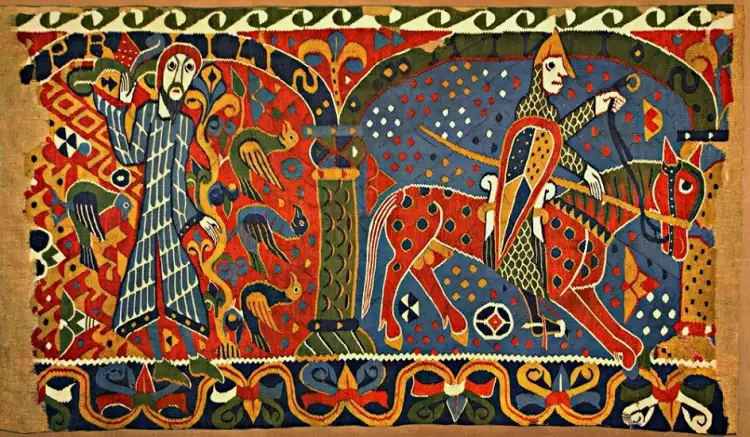 Tapestry. Fragment of the Twelve Months trellis, 1180
Tapestry. Fragment of the Twelve Months trellis, 1180
Artistic wall hangings can vary significantly in the following parameters:
- Material of the base and weft threads (made of wool, silk, gold and silver threads, synthetic and artificial fibers).
- Dimensions (large, medium, and small sizes).
- Purpose (for walls, curtains, drapes, and pillow covers).
- Genre (religious, heroic, portrait, landscape, domestic, mythological, battle scenes).
- Composition type (narrative or ornamental).
- Complexity of composition (single pieces or series).
- Thread density (number of wefts per inch of base threads).
- Color palette (number of used color pigments).
- Artistic style (Renaissance, Baroque, Rococo, Mannerism).
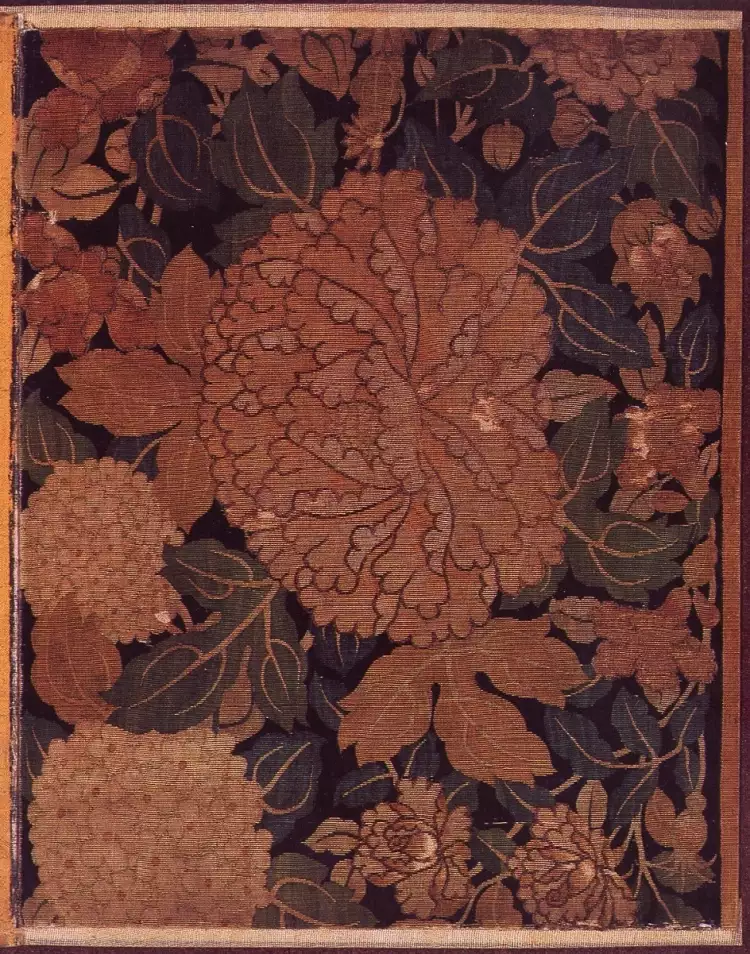 Tapestry. Chinese silk tapestry, 13th century
Tapestry. Chinese silk tapestry, 13th century
Creating large-scale artistic tapestries in manufactories often involved several professional weavers working for multiple years. This helped expedite the process of making a large carpet. The voluminous design of the cartoon was divided into several sections, each assigned to a different master. At the final stage of production, the completed sections were stitched together from the reverse side with delicate silk threads into a single piece.
History of Tapestries
The history of tapestries, by the most conservative estimates of specialists, spans over 4500 years. The oldest works of this art form have been found in South America, on the territory of modern-day Peru. The samples of artistic weaving from ancient Incas, discovered by archaeologists, were created around 2500 BCE. They exhibit distinct characteristics: abstract composition and a minimal use of colors.
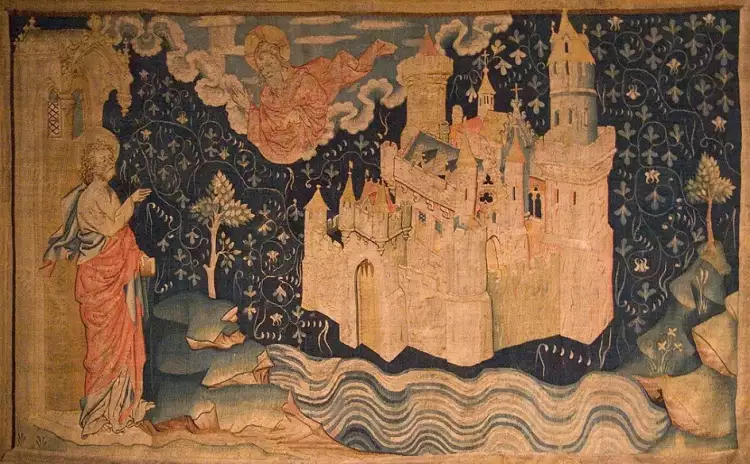 Tapestry. The Apocalypse of Angers, 14th century
Tapestry. The Apocalypse of Angers, 14th century
The art of creating decorative carpets was also prevalent in Ancient Egypt, Babylon, Greece, and Rome. Numerous historical documents and literary works from those times bear witness to this. Unfortunately, only a few samples of ancient artistic weaving have survived to this day.
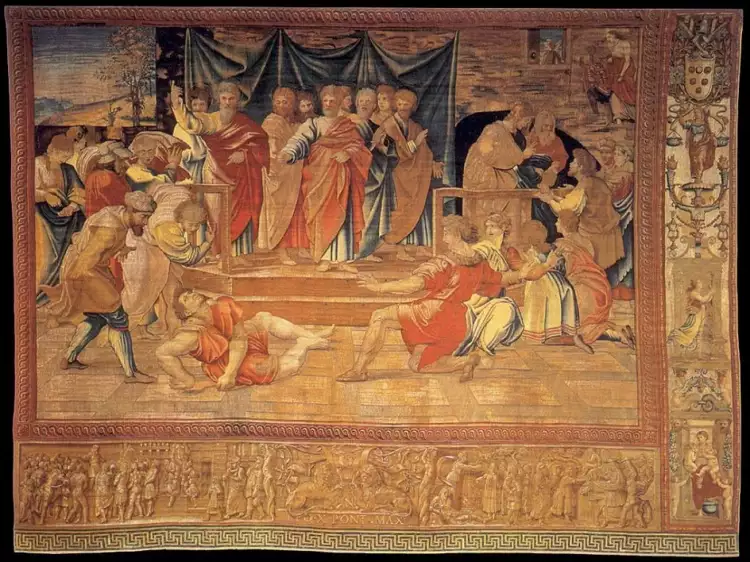 Tapestry. Tapestry on cardboard by Raphael from the Acts of the Apostles series, 1515
Tapestry. Tapestry on cardboard by Raphael from the Acts of the Apostles series, 1515
In China, the first tapestries appeared around 200 BCE. Here, the finest silk threads were used for producing textile goods. Chinese masters learned to create not only intricate landscape and floral decorative miniatures but also elements of festive clothing for the elite. From China, the art of weaving spread to Japan and Korea.
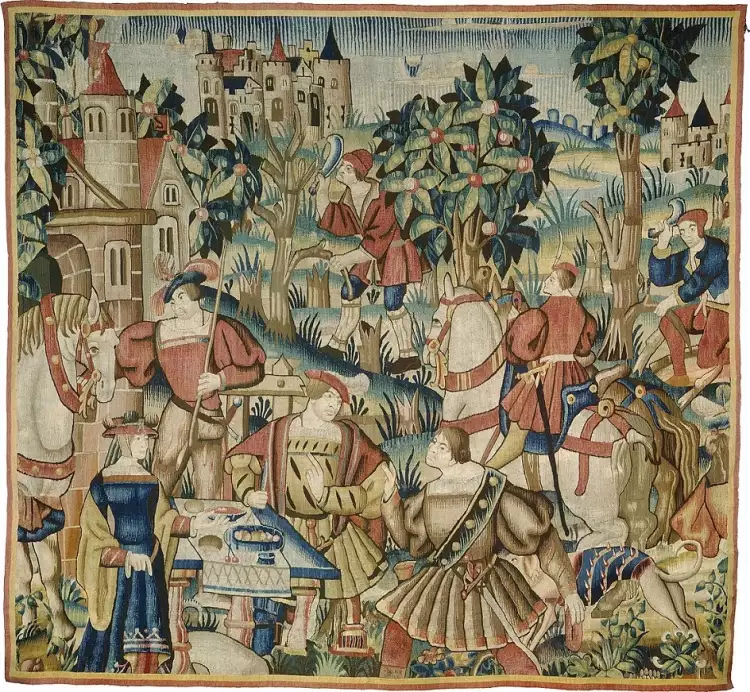 Tapestry. Returning from a hunt, 1550
Tapestry. Returning from a hunt, 1550
In the Middle East, the technology of handcrafting decorative carpets was well developed among Arabs and Persians. The Quran forbids believers from creating images of people, which is why Muslim weavers wove colorful carpets with elegant ornaments.
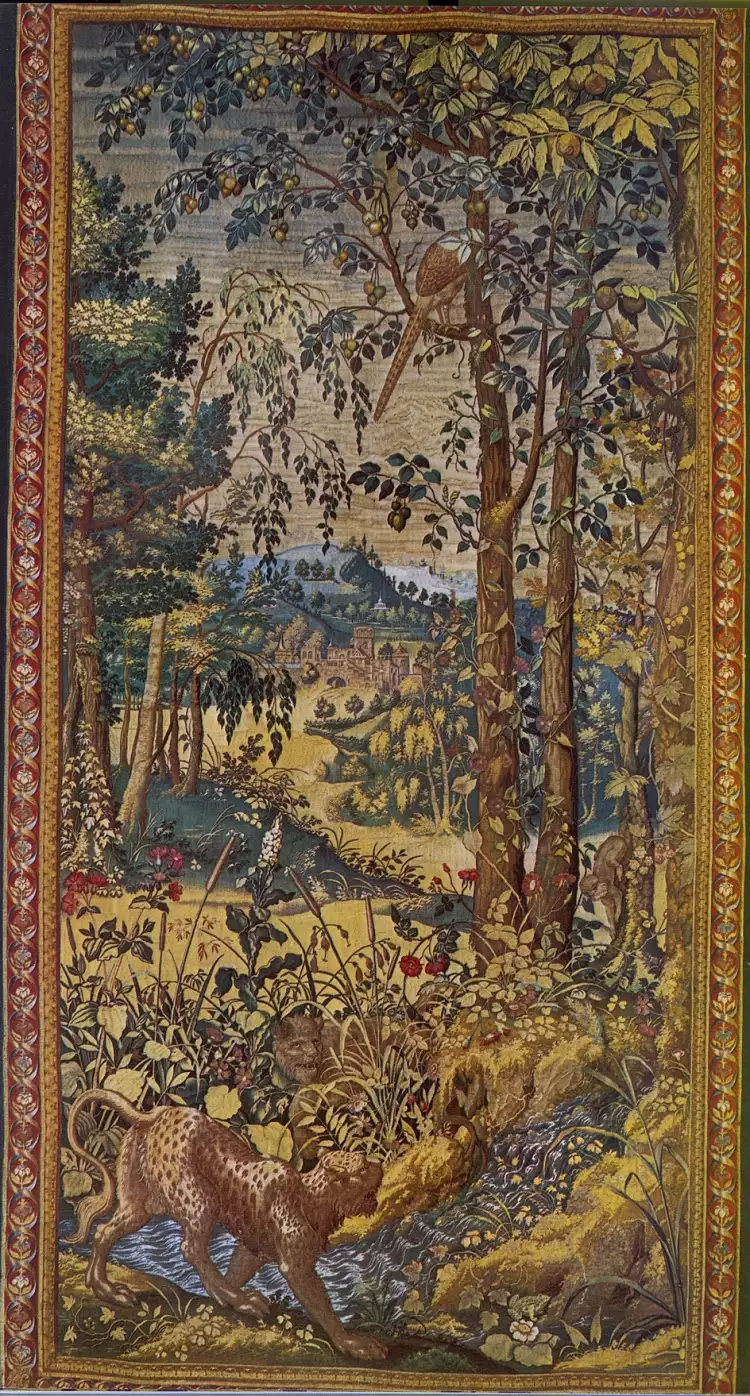 Tapestry. Two leopards, a pheasant and a monkey, 1555
Tapestry. Two leopards, a pheasant and a monkey, 1555
In Western Europe, the first tapestries appeared due to the Crusades at the end of the 11th century. Unlike the rulers of Byzantium and the Ottoman Empire, European monarchs appreciated the role of carpets as monumental wall decorations for large buildings: cathedrals, castles, and palaces.
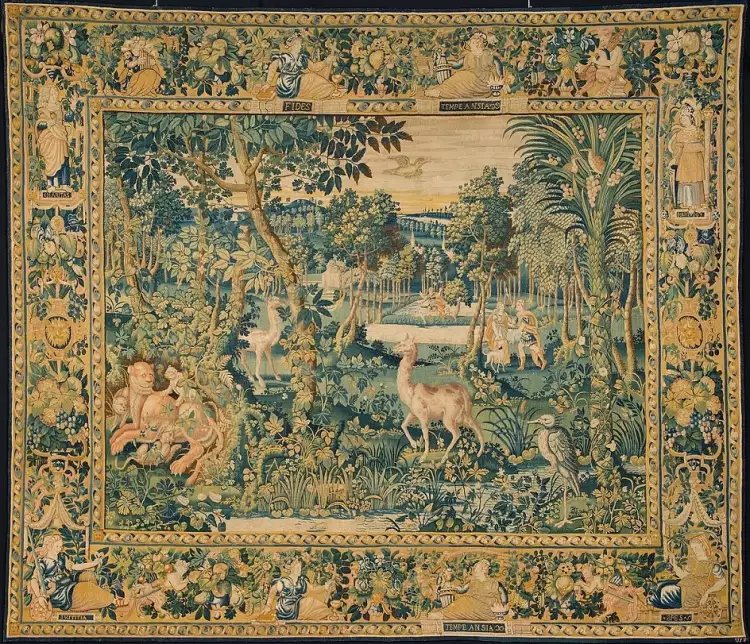 Tapestry. Forest scene, circa 1600
Tapestry. Forest scene, circa 1600
By the 14th century, workshops for producing tapestries began to emerge en masse in France, England, Germany, and Italy. Apart from large manufactories, tapestries were also handmade by monks in monasteries and servants in the homes of noble dignitaries.
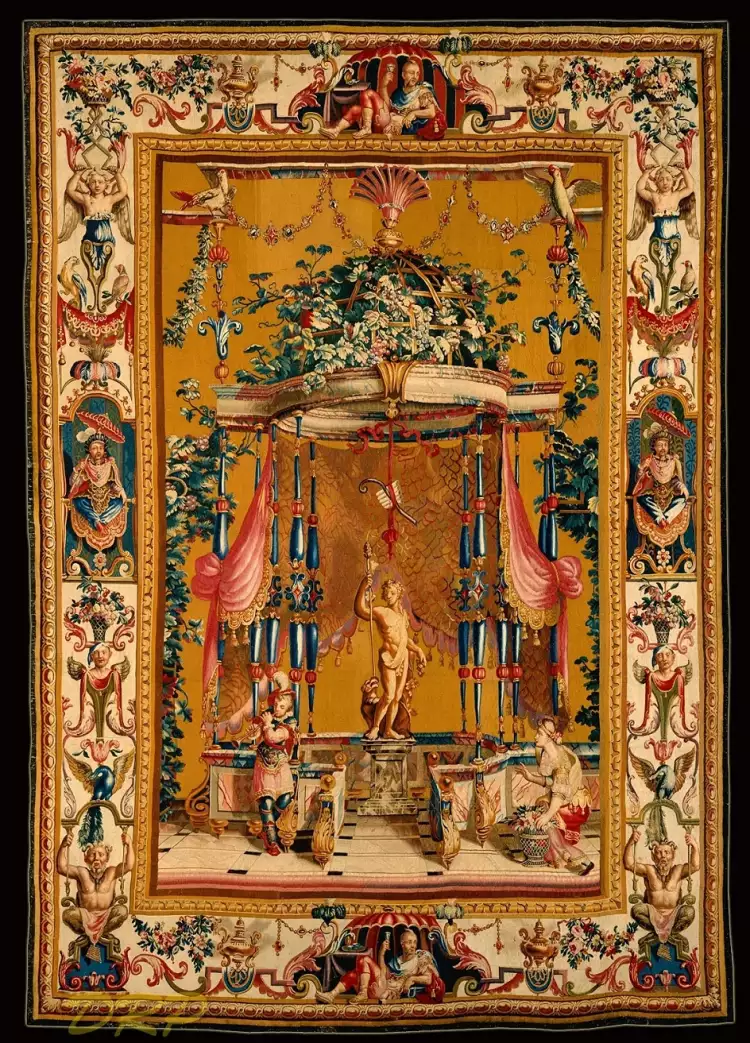 Tapestry. An offering to Bacchus, 1689
Tapestry. An offering to Bacchus, 1689
Tapestry Cartoons in Religious and Other Themes, Which Served as the Basis for Creating Tapestries, Were Painted by Prominent Masters of European Painting:
- Raphael (Raffaello Santi).
- Pieter Paul Rubens.
- Antoon van Dyck.
- François Boucher.
- Francisco Goya.
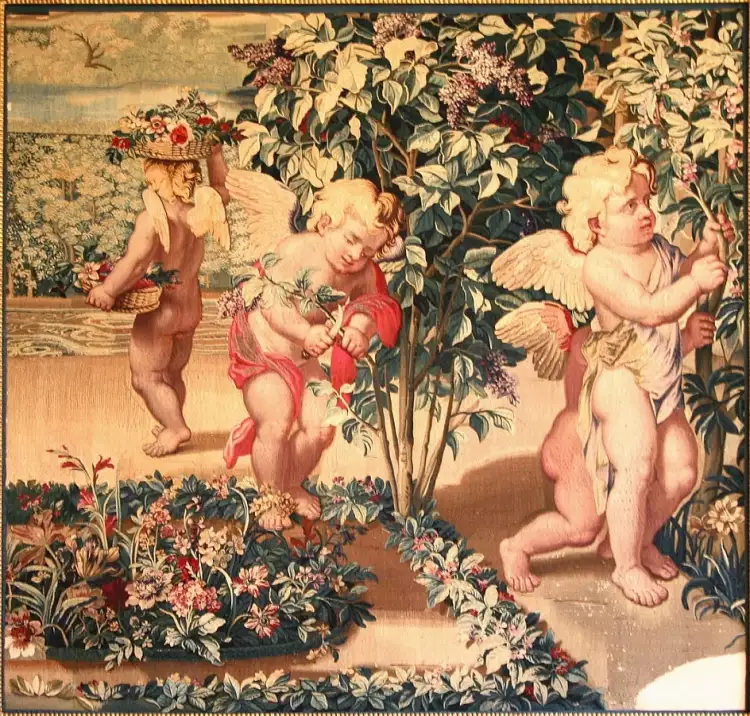 Tapestry. Tapestry Manufactory Trellis Children Gardeners, 18th century
Tapestry. Tapestry Manufactory Trellis Children Gardeners, 18th century
Tapestries remained a popular form of applied art until the mid-19th century. However, the rapid development of machine-made carpet production and the radical change in society's artistic preferences over several decades fundamentally changed the situation.
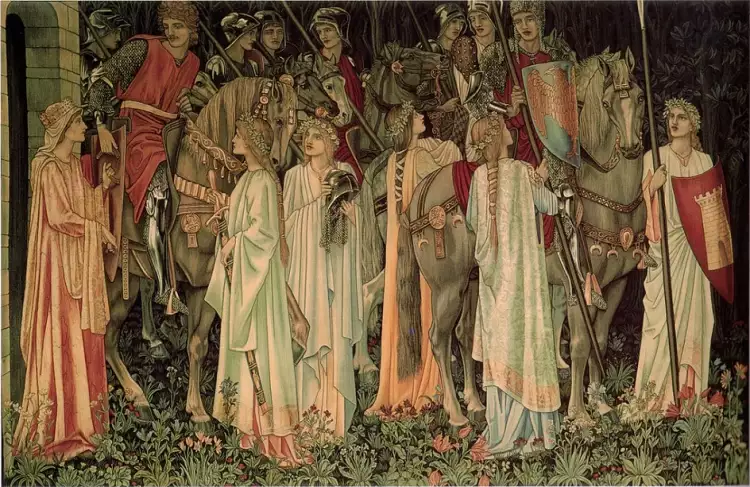 Tapestry. Gathering for a hike, 1890
Tapestry. Gathering for a hike, 1890
With the beginning of the 20th century, tapestries finally lost their important function in decorative interior design. As a result, the few remaining manufactories significantly scaled back their production volumes. Nowadays, the creation of tapestries is undertaken by professional artists, who experiment with new materials and techniques, creating original works of art that are exhibited in specialized exhibitions.
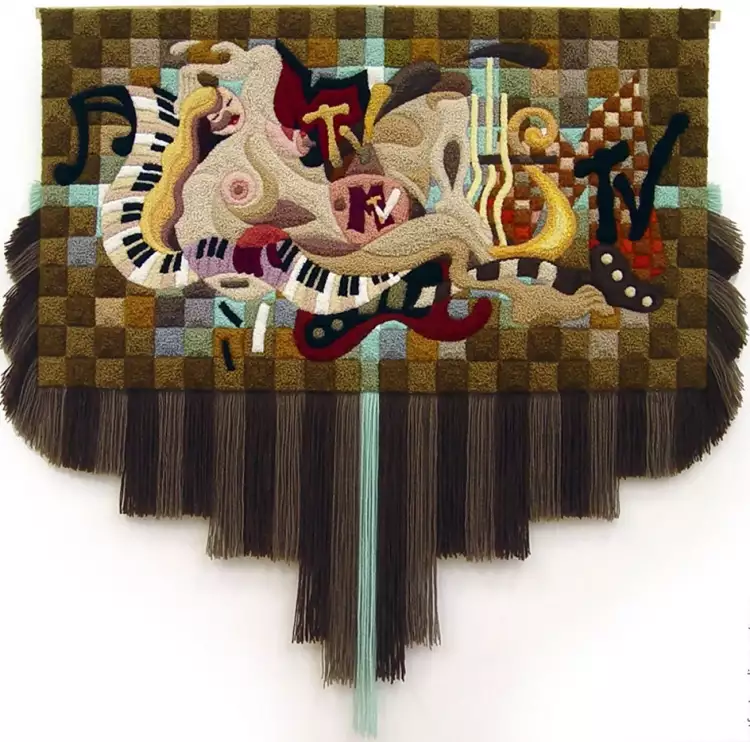 Tapestry. Handmade contemporary art tapestry, 21st century
Tapestry. Handmade contemporary art tapestry, 21st century
Modern technologies of machine textile production allow for the mass production of pictures from jacquard fabric. In order to attract buyers, clever sellers refer to them as tapestries. However, these items have very little in common with the handmade masterpieces of ancient craftsmen.
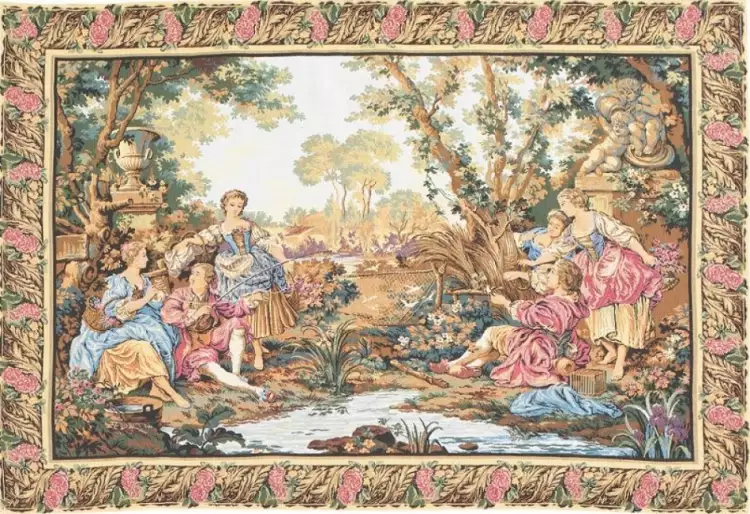 Tapestry. Tapestry on cardboard François Boucher Gallant Scenes, 18th century
Tapestry. Tapestry on cardboard François Boucher Gallant Scenes, 18th century
The Very Important Lot platform offers everyone the opportunity to participate in thematic online auctions. On the website, you can also buy tapestries, silverware, paintings, and furniture from contemporary artists and designers at affordable prices.
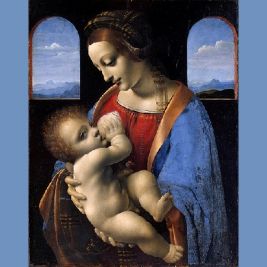 Renaissance is an era of great names
Renaissance is an era of great names  The National Order of the Legion of Honour
The National Order of the Legion of Honour 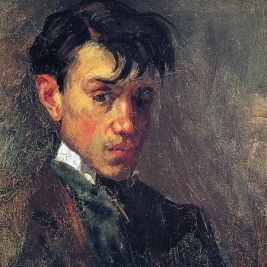 Pablo Picasso was a recognized genius of 20th-century art
Pablo Picasso was a recognized genius of 20th-century art  Digital and Interactive Art: Redefining User Experience in Contemporary Art
Digital and Interactive Art: Redefining User Experience in Contemporary Art 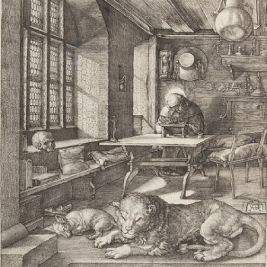 Engraving is a captivating art of creating printed images
Engraving is a captivating art of creating printed images 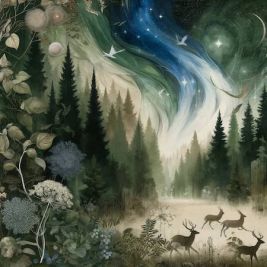 The Return of Nature: Embracing Nature Renewal Art in 2024
The Return of Nature: Embracing Nature Renewal Art in 2024 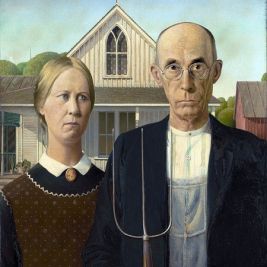 Regionalism is an American art movement that celebrates the beauty of simple provincial life
Regionalism is an American art movement that celebrates the beauty of simple provincial life  Emerging Color and Material Trends in Architecture for 2023
Emerging Color and Material Trends in Architecture for 2023 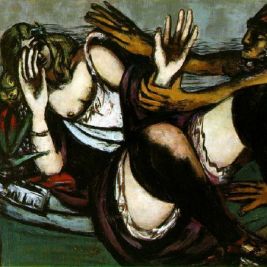 Expressionism - a shocking emotional movement in 20th-century art
Expressionism - a shocking emotional movement in 20th-century art  Orders of France - from the Middle Ages to the present day
Orders of France - from the Middle Ages to the present day